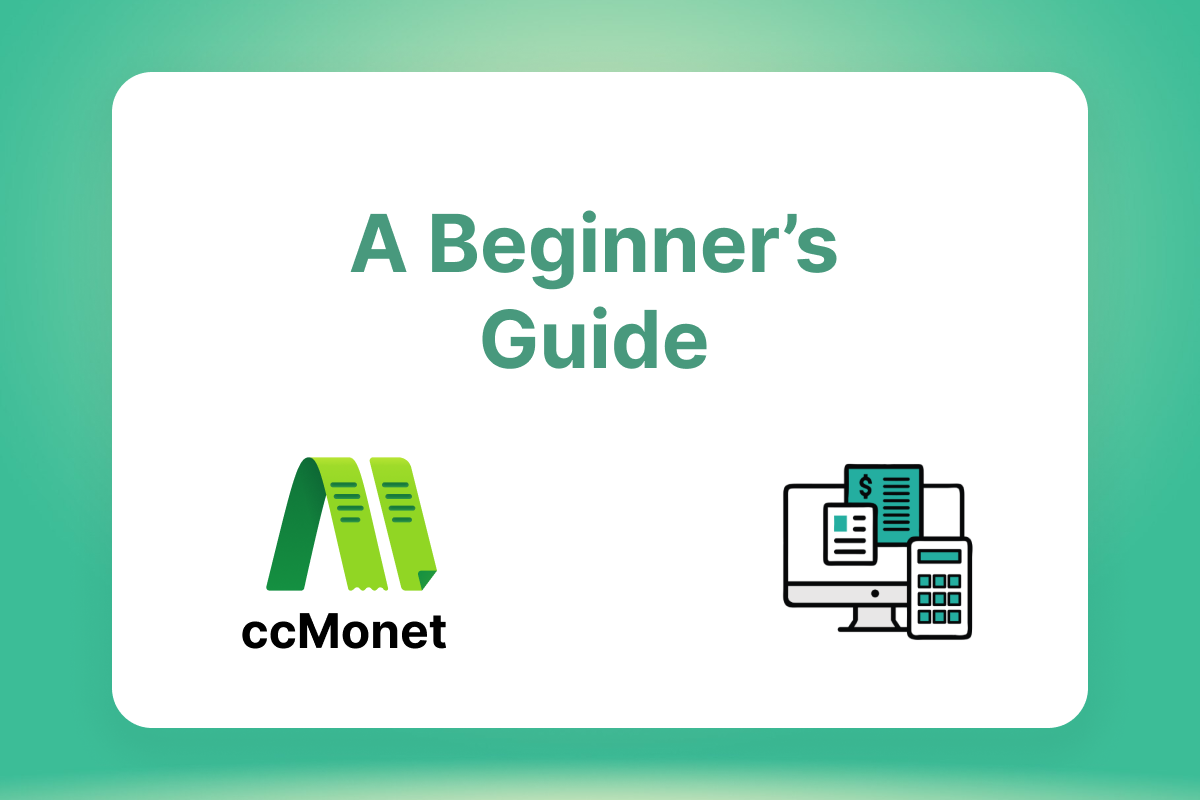Running a restaurant is not only about cooking great dishes and serving guests well — it’s also about keeping the books in order. But in reality, most restaurant owners neither understand accounting nor have the time to manually enter every invoice. As a result, accounting software has become a “must-learn course” for many restaurants.
The problem is: with so many different software options on the market, how should restaurants choose?
Why Do Restaurants Need Accounting Software?
- Too many receipts: purchase orders, POS transactions, staff reimbursements — they pile up daily.
- Prone to human error: manual bookkeeping often leads to omissions, making month-end reconciliation difficult.
- Lack of real-time visibility: many owners only learn about their profit situation during quarterly tax filing — too late to make adjustments.
The value of accounting software lies in automating these tedious tasks and giving restaurants real-time insights into profit and loss.
How to Choose the Right Accounting Software for Your Restaurant
Before making a choice, you can evaluate using three key standards:
Functions tailored to F&B scenarios
- Ability to recognize handwritten receipts and support multi-language invoices;
- Automatic categorization: distinguishing food ingredients, beverages, consumables, etc.;
- Integration with POS transactions to avoid missing revenue.
Easy to use, accessible for staff
- Does it support photo uploads via mobile phones?
- Can the owner view reports directly on mobile?
- Can it be used without professional accounting expertise?
Professional support to ensure compliance
- Accounting is closely tied to tax filing, and software alone may not be enough;
- Ideally, choose a product with AI + expert team double support, ensuring accuracy and compliance.
👉 For example, ccMonet is optimized specifically for restaurants: photo-based entry, AI categorization, seamless multi-language support, and final review by an expert team to eliminate errors.
How to Use Restaurant Accounting Software Effectively
Choosing the right software is just the first step. To maximize value, you also need to use it correctly:
Build a routine for uploading
- Staff should snap and upload invoices immediately after purchasing supplies;
- POS transactions should be imported into the system regularly;
- Reimbursement slips should be submitted uniformly through the software.
Review regularly, not just in a “month-end rush”
- Spend 10 minutes weekly to check expense categorization;
- Owners should review profit and expense structure monthly;
- Identify irregularities early and adjust in time, rather than waiting until tax season.
Leverage reports for business decisions
- Track ingredient cost ratios to optimize menu pricing;
- Compare labor cost against revenue to assess staffing efficiency;
- Analyze daily sales trends to guide promotions.
In ccMonet, these reports are auto-generated, and owners can understand them easily without a financial background.
Summary
- Choosing software: focus on scenario fit, ease of use, and professional support.
- Using software: build habits of daily uploads, regular reviews, and leveraging reports for decision-making.
This way, even without a full-time accountant, restaurants can keep their books clear, compliant, and professional.
👉 Want to try an intelligent accounting tool designed specifically for restaurants?
Experience ccMonet now and make bookkeeping as simple as taking an order.
